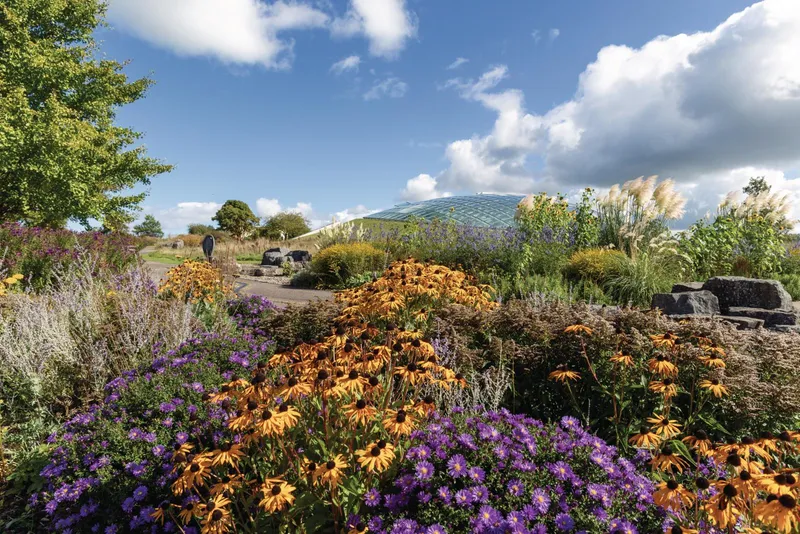Cambridge
Founded in 1846 to replace a smaller predecessor, 40-acre Cambridge University Botanic Garden was always designed as a visitor attraction as well as a research tool.
Elegant glasshouses, a luminous lilypad fountain and picturesque pathways fringe a space now home to around 8,000 species, their study supporting explorations of some of the big botanical challenges of our times.
Nine national plant collections are based here, including geraniums, tulips and alchemilla, and the garden is associated with Charles Darwin, who was suggested for his voyage on HMS Beagle by the university’s Chair of Botany, John Henslow. botanic.cam.ac.uk
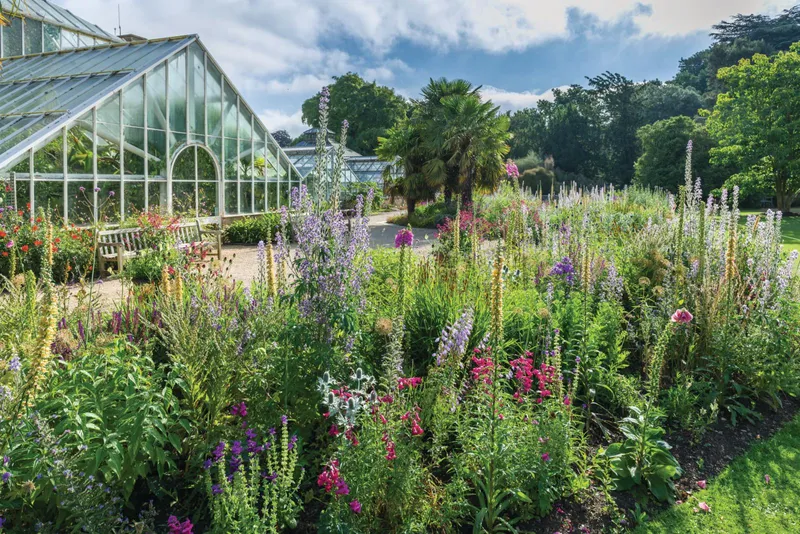
Sheffield
Dominated by a magnificent glasshouse, the Paxton Pavilions, Sheffield Botanical Gardens stretch across 19 acres just west of the city centre.
Opened in 1836, at the behest of the Sheffield Botanical and Horticultural Society, the Grade II-listed gardens are thriving once more under the remit of a charitable trust. They were originally designed in Gardenesque style, each plant arranged within pleasingly assembled beds.
Less agreeably, the layout also included a bear pit, for the entertainment of shareholders and subscribers; now home to a sculpture highlighting its former function, at one time the pit was used for composting. sbg.org.uk
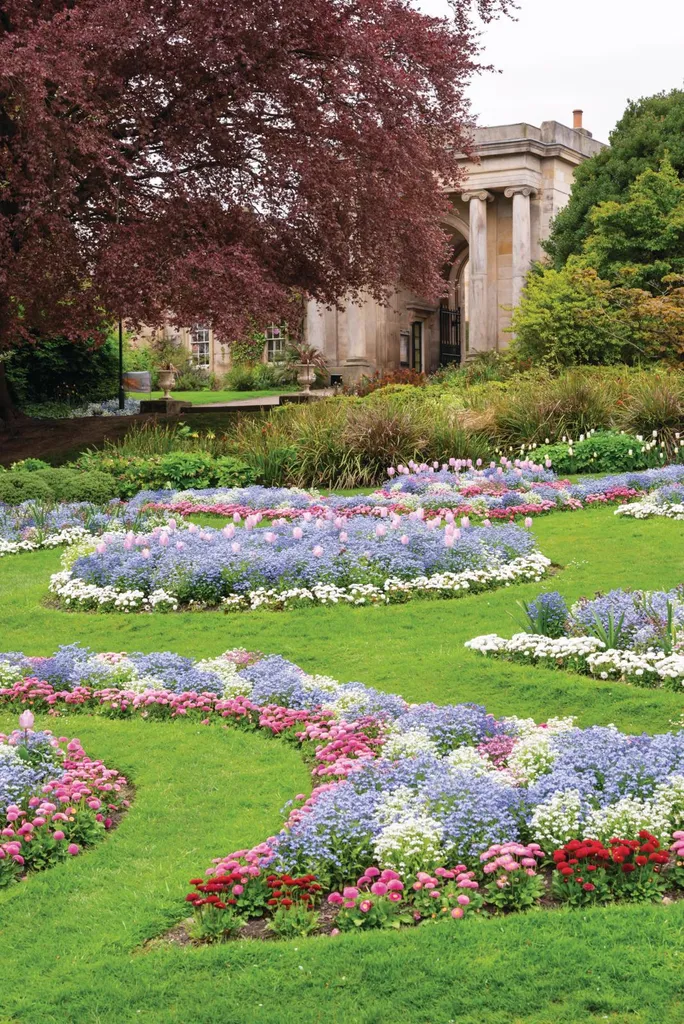
Birmingham
Laid out between 1829 and 1832, to a plan drawn up by pioneering horticulturalist John Claudius Loudon, Birmingham Botanical Gardens remain one of the city’s quiet treasures.
Alongside ornamental gardens and an arboretum, the site is home to all that you might expect to find in a Victorian public park, including glasshouses, a butterfly house, a rose garden, a bandstand and a fountain.
The gardens, with their original features, now have Grade II*-listed status. Highlights include a pinetum, a collection of bonsai trees, and an alpine garden originally financed by a family made wealthy from selling screws. birminghambotanicalgardens.org.uk
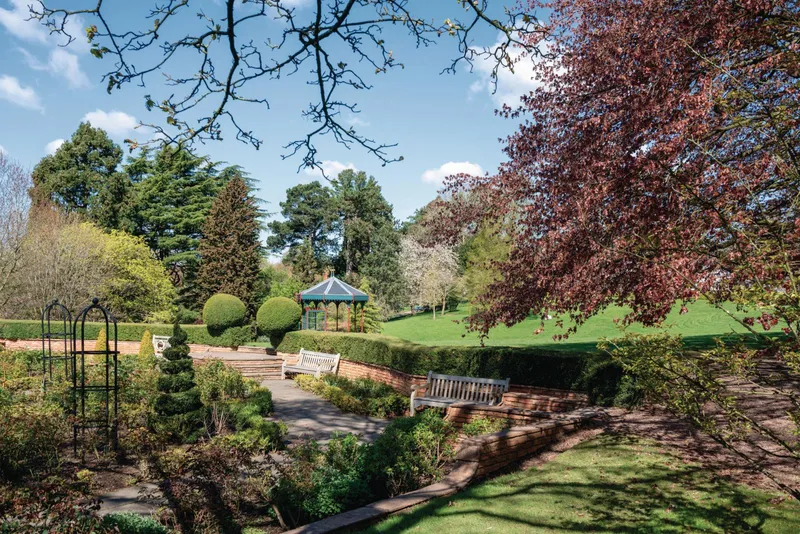
Kew
No list of British botanical gardens would be complete without a nod to the Royal Botanic Gardens, Kew. Though its Oxford equivalent was established over a century earlier, this plant-packed, 300-acre corner of southwest London is a true botanical superstar.
Founded in 1759 by Princess Augusta, mother of King George III, it’s famed for its historic glasshouses, prestigious plant collections and a focus on scientific research.
Historic quirks include the gardens’ own police force, dating back to 1845, while contemporary attractions include a dynamic events programme; don’t miss this summer’s nature-inspired exhibition by artist Marc Quinn. kew.org
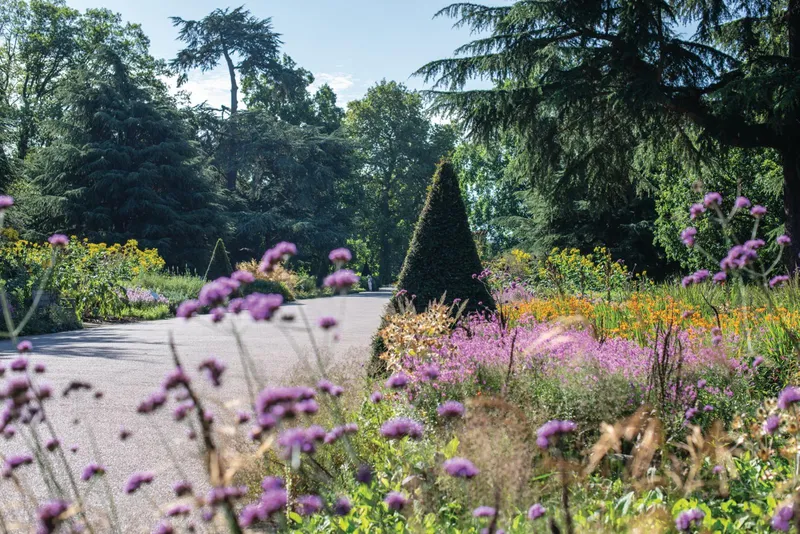
Benmore
On a larger, and more rugged, scale than its urban counterparts, Benmore Botanic Garden stretches over 120 acres of mountainside, north of Dunoon. Once a private estate, the site was gifted to the Royal Botanic Garden Edinburgh in 1930.
Now one of three satellite gardens across Scotland (the other two being Dawyck and Logan), highlights at Benmore include a dramatic entrance lined with huge redwood trees, and a beautiful barrel-roofed Victorian fernery.
In late spring and early summer the focus is on rhododendrons, when its 300 species-strong collection ripple the hillsides with raspberry, crimson and candyfloss-coloured blooms. rbge.org.uk
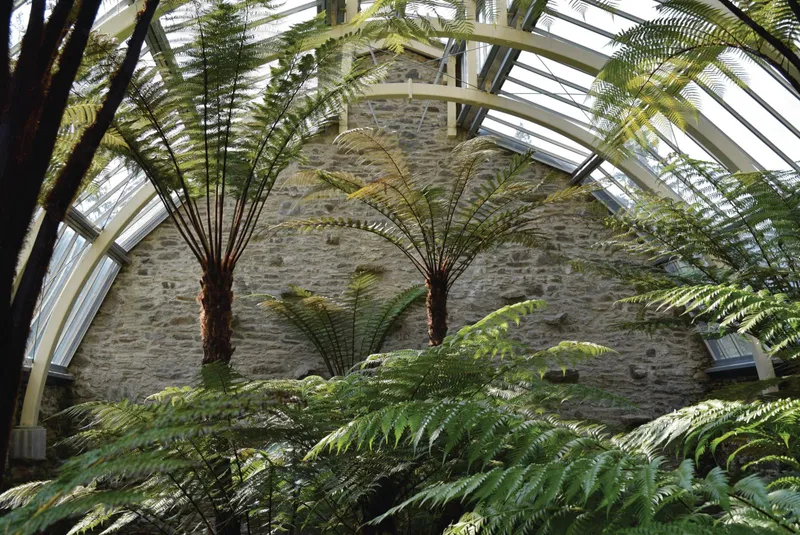
Llanarthney
Like the other sites on this list, the National Botanic Garden of Wales was established to foster the study and conservation of plants, and to engage the public in that work (albeit much more recently than most, having only opened in 2000).
With an orchard dedicated to Welsh apple varieties, a collection of rare plants – all of which are native to Wales – and the largest single-span glasshouse in the world, it’s great for botanising.
That’s only part of its appeal, however. Its location was originally part of a grand Regency estate and, though the site was neglected for many years, some of the estate’s historic water features remain. gardenofwales.org.uk
